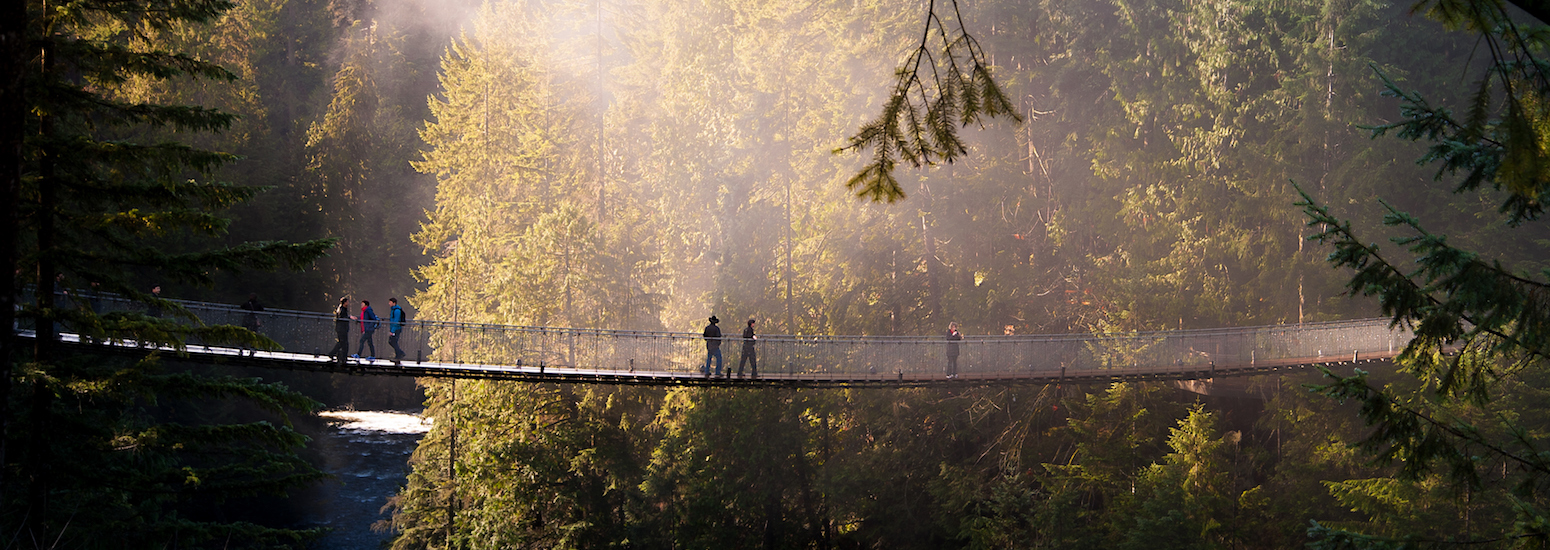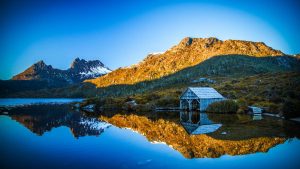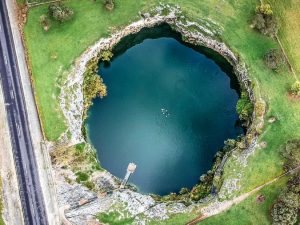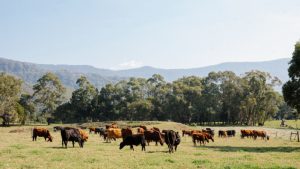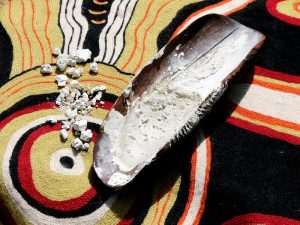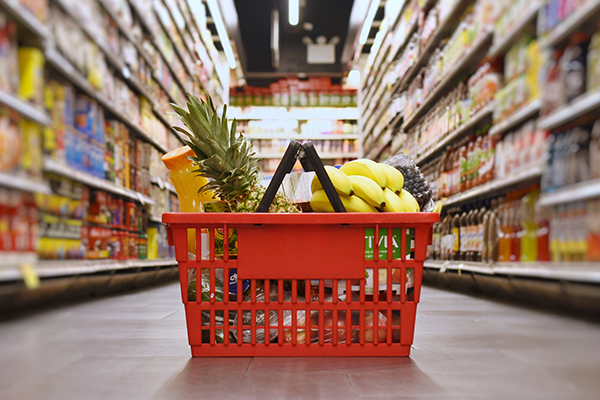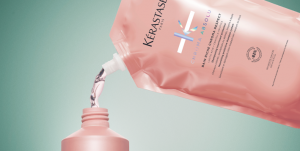Since Melbourne went back to lockdown for a few days and wearing masks is mandatory again. We have to understand the most daily used masks types and know how effective they are.
Learn more about the different types of face masks and their effectiveness in containing droplet spread from coughs, sneezes, and conversation.
Store-bought cloth mask
The effectiveness of a store-bought cloth mask will depend on its construction. You should look for a mask with at least three layers of fabric; ideally, you want a mask constructed from tight-weave 100% cotton cloth.
A typical cloth face mask is probably at least 50 percent protective, while high quality masks could be 80-95 percent protective, and even low-quality masks made of very thin materials could still be 10-20 percent protective.

Disposable surgical mask
These flat, thin, paper-like masks are usually white and light blue. Surgical face masks can filter out about 60% of smaller, inhaled particles. They are primarily intended to stop droplets, sprays and splatters, and studies have shown that diligently wearing surgical masks in public spaces can significantly reduce the spread of respiratory infection.
Surgical masks are not designed to be used more than once. Ideally, you should dispose of a mask after wearing it.

Cone-style masks
Manufactured cone-style face masks are molded masks that fit over the mouth and nose; usually, there’s also a strip of metal at the top, so the wearer can secure the mask at the bridge of the nose. Cone-style face masks are less effective at containing droplets and spray than cloth face masks constructed of quilting cotton.

N95 and other respirators
N95 face respirators offer the most protection against novel coronavirus and other respiratory diseases. N95s protect the person wearing the mask because they filter out 95% of particles from the air breathed in. Wearing any of the other masks in the list (cotton and disposable) are intended to protect others around you from your own respiratory droplets and “spray.” However, cloth and disposable masks also filter particles at varying efficiencies, so they offer personal protection as well.
However, N95 masks are in short supply and should be reserved for healthcare providers. Does not recommend the general public wear N95 masks. In fact, if you have any N95 respirators, you should consider donating them to your local hospital for first responders.
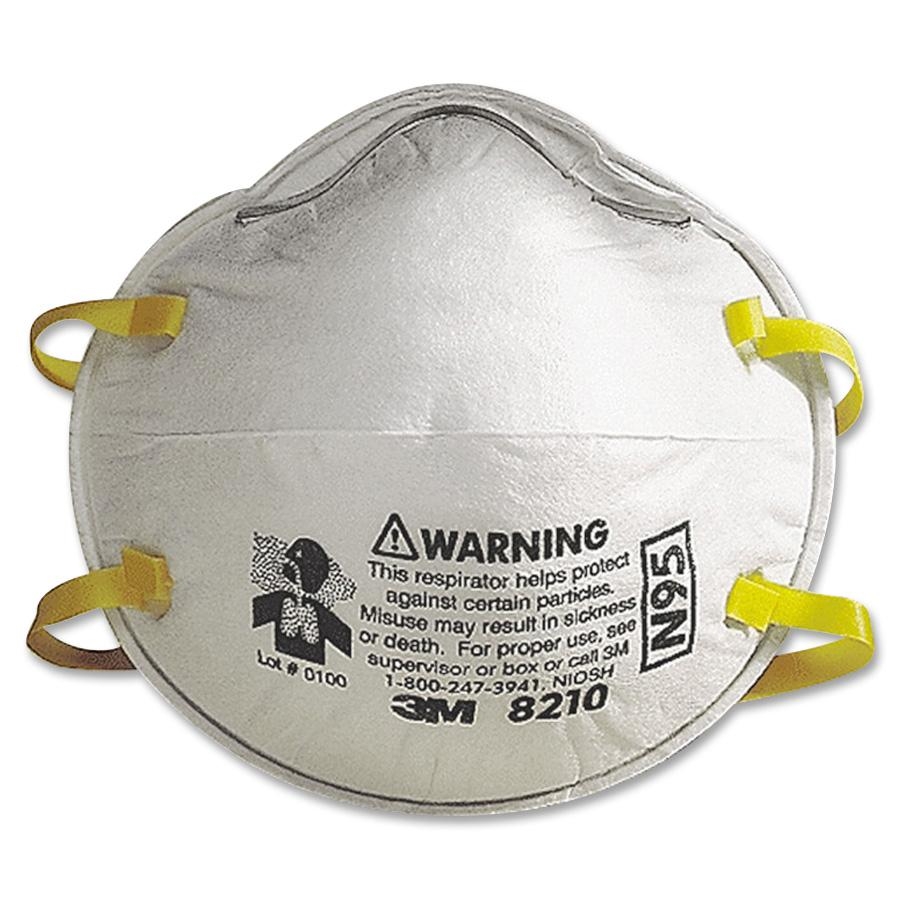
Protection FAQs

Double-masking has received a lot of publicity lately. Do we need to wear two masks or a different type of mask to protect ourselves from the new variants of virus that cause COVID-19?
No, you do not need to wear double masks or an N95 respirator in public settings to protect yourself against the new coronavirus variants. The same infection prevention measures and types of personal protective equipment recommended for the main “wild type” of SARS-CoV-2 work for the variants too.
Should I wear a face shield?
In general, if you wear a mask and maintain physical distancing of at least 6 feet between you and other people when in public places, you do not need a face shield. Wearing a mask will help contain your respiratory droplets. Avoid close contact with anyone who is not wearing a mask. If you must be in close contact with someone not wearing a mask, a face shield or other type of eye protection may provide some additional protection from virus transmission.
What’s the right way to wear a face mask?
Your mask should cover your face from the bridge of your nose to under your chin. It should be loose fitting but secure enough to stay in place. Make sure you can talk with your mask on and that it doesn’t irritate you, so you are not tempted to touch it or pull it out of place, which could limit its effectiveness or put you at risk from touching your face.
Bui Van Cuong wears a gas mask as he braises black carp in clay pots with firewood to serve as a traditional Vietnamese dish.


 COVID-19 Around the World3 years ago
COVID-19 Around the World3 years ago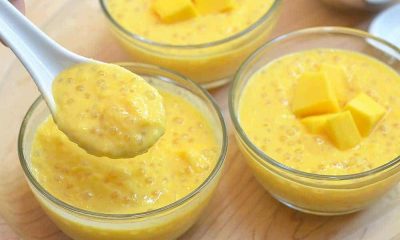
 Cuisine Explorer4 years ago
Cuisine Explorer4 years ago
 Arabic2 years ago
Arabic2 years ago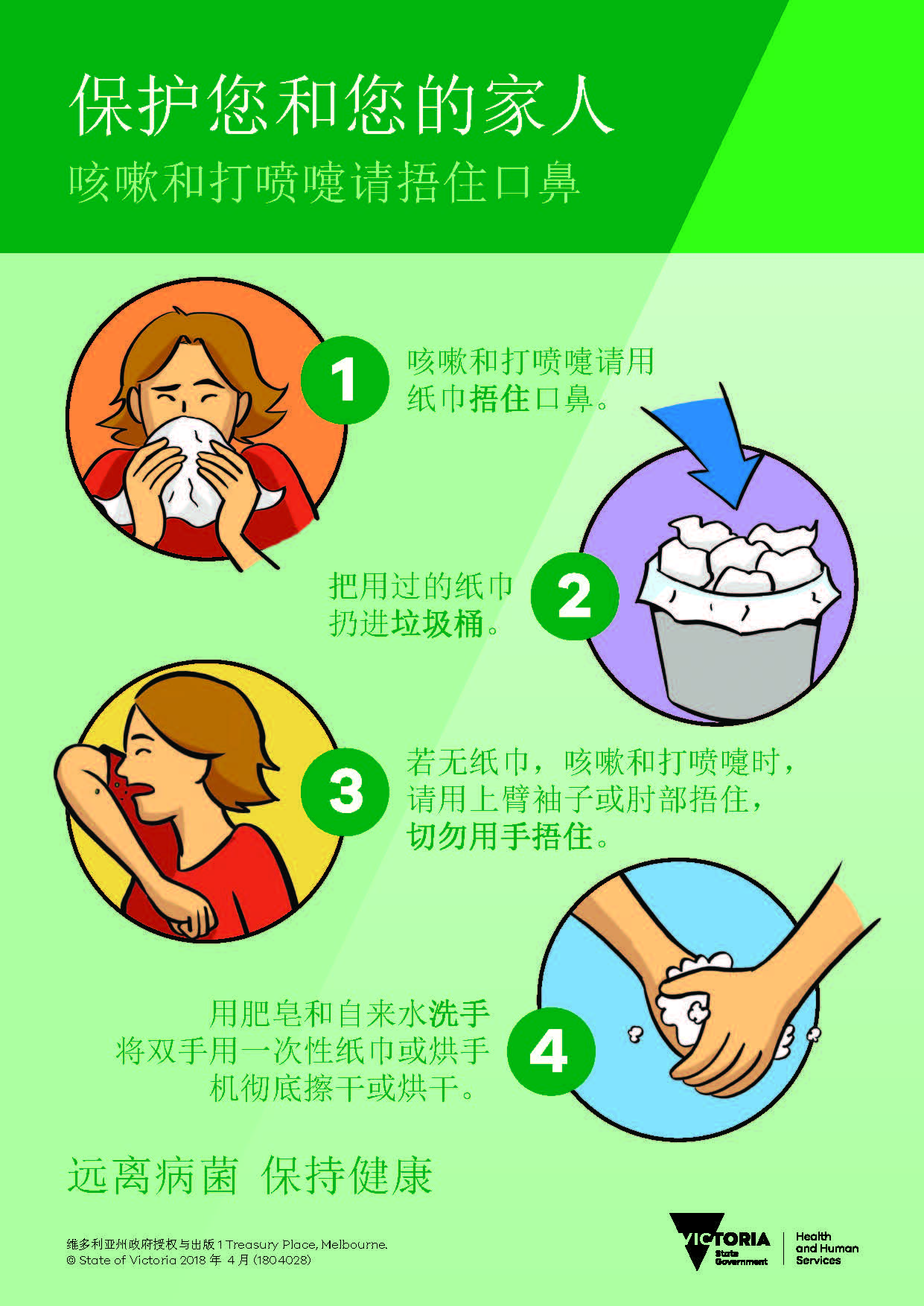
 Cantonese - Traditional Chinese4 years ago
Cantonese - Traditional Chinese4 years ago
 Tagalog4 years ago
Tagalog4 years ago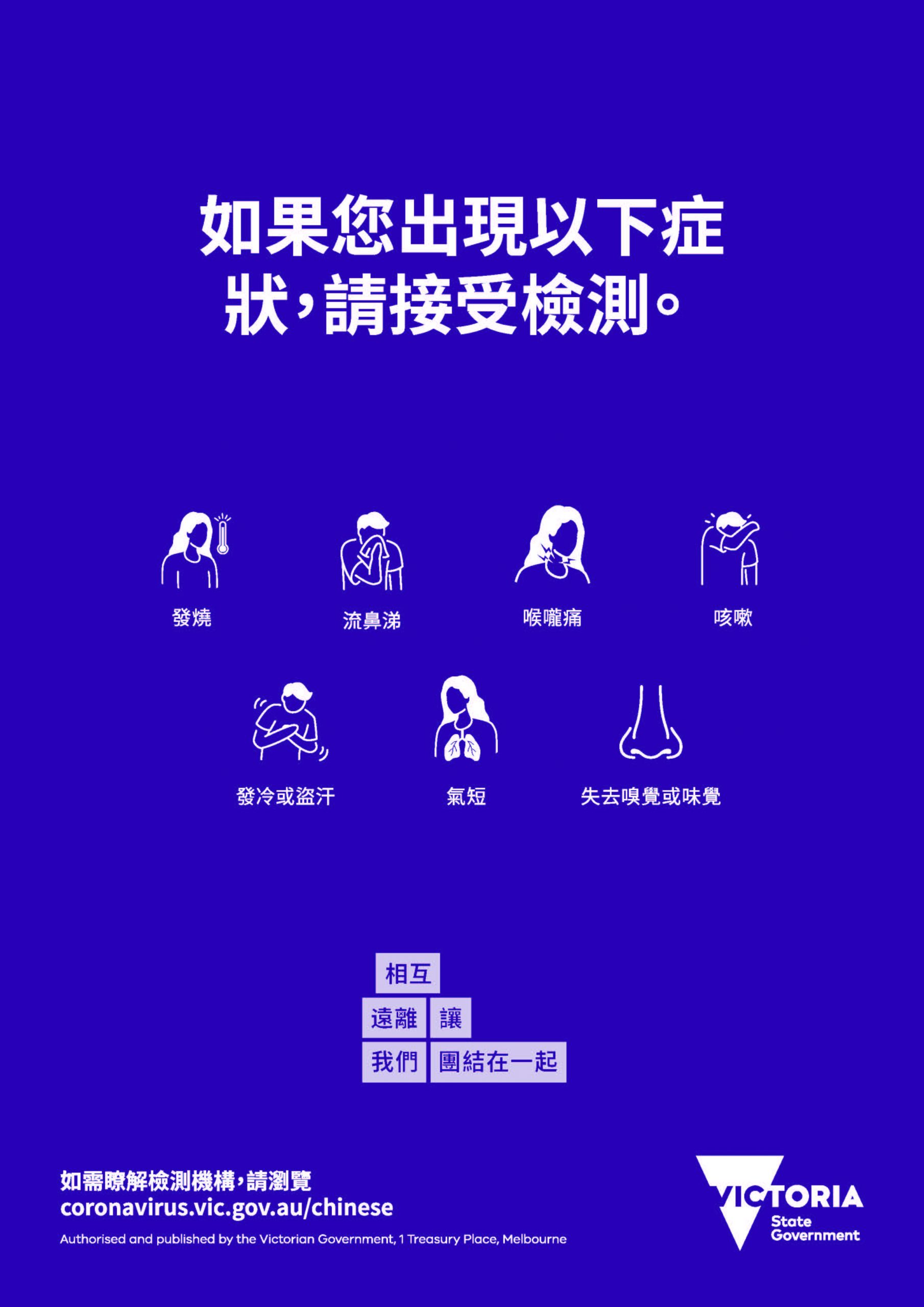
 Uncategorized4 years ago
Uncategorized4 years ago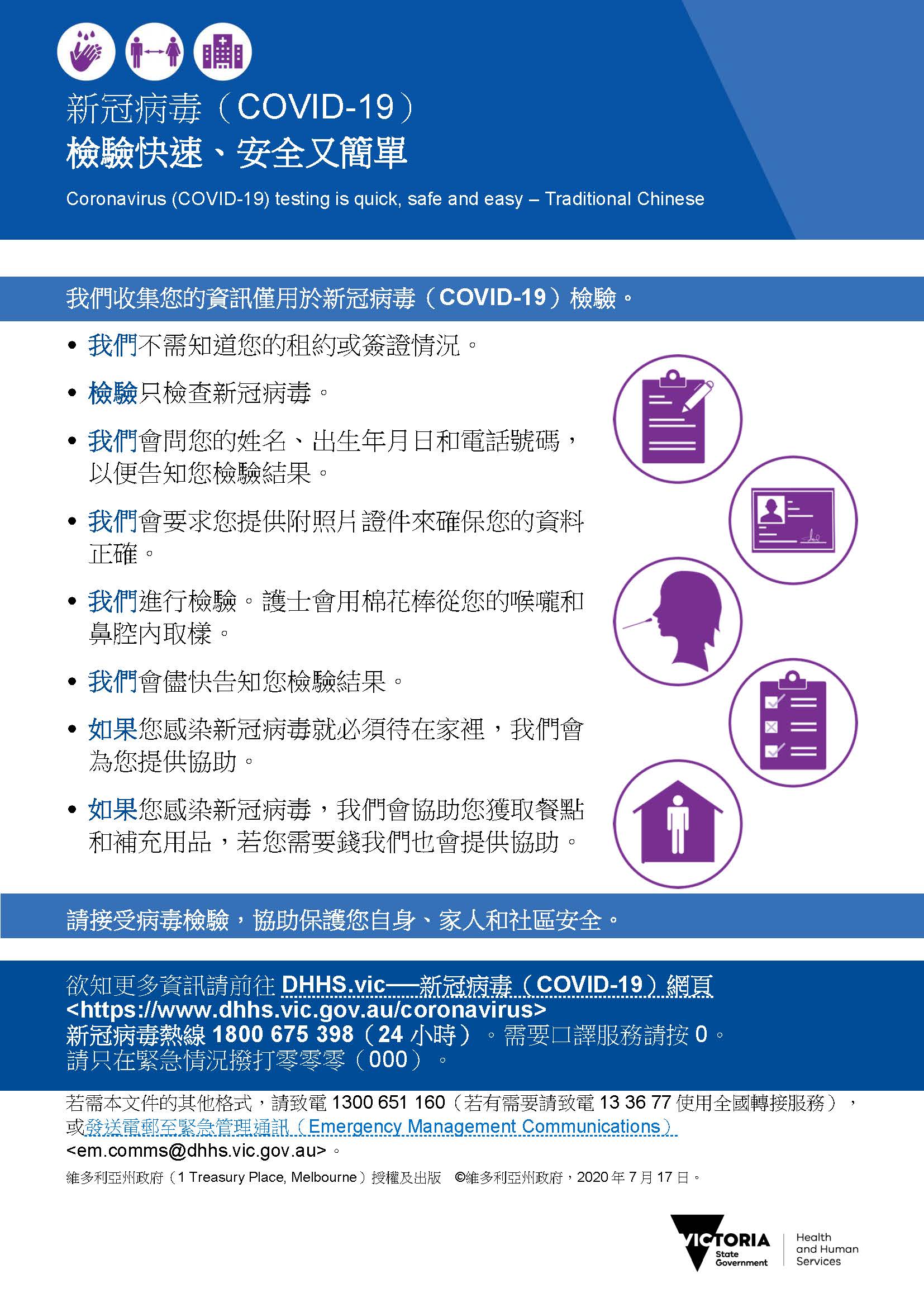
 Uncategorized4 years ago
Uncategorized4 years ago








